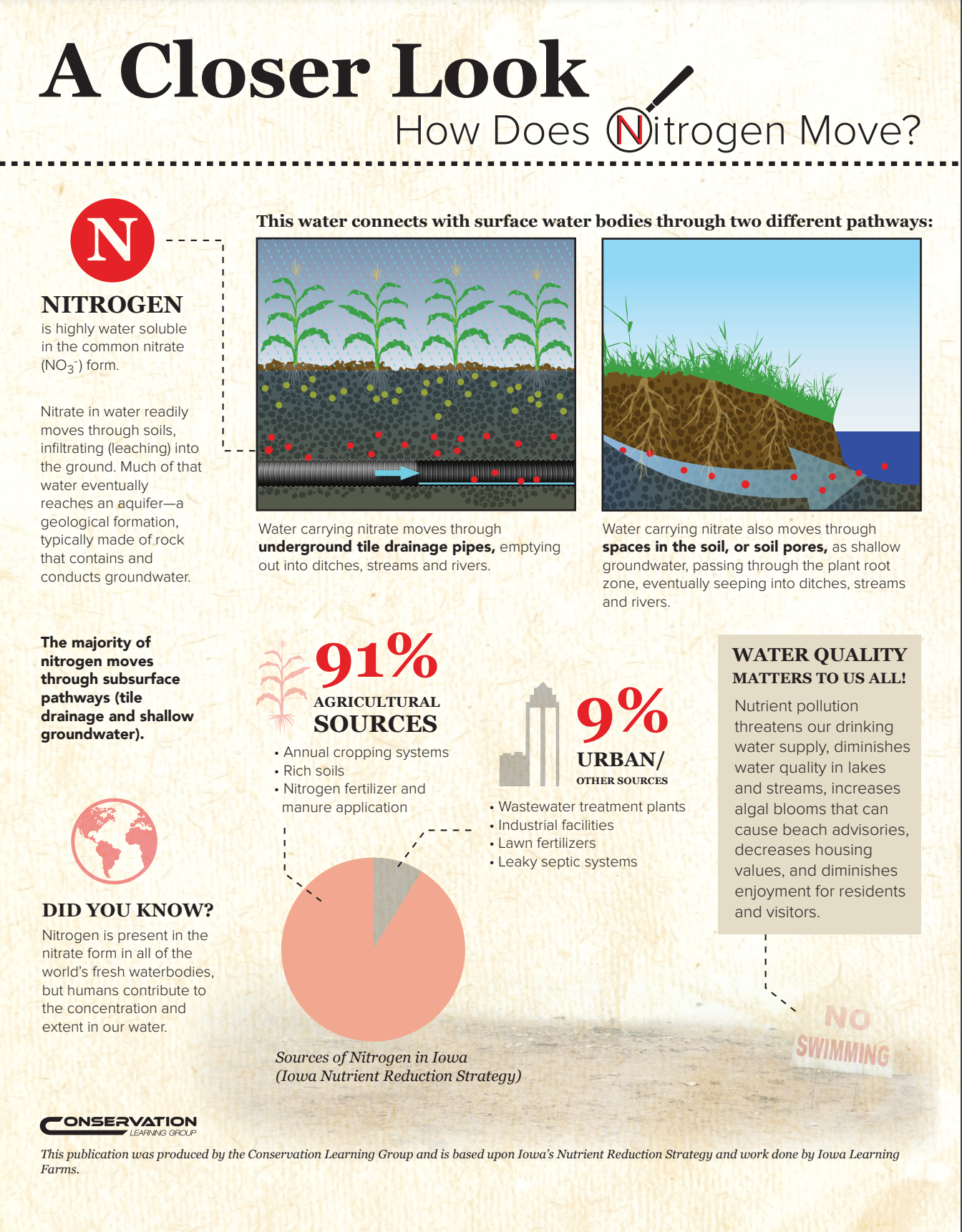With Alejandro Plastina
Read MoreWith Jon Lore
Read MoreWith Sylvie Brouder
Read MoreWith Michelle Balmer
Read MoreWith Andrew Rust
Read MoreWith Adam Janke
Read MoreIowa is home to a diverse array of wetland ecosystems that provide multiple benefits to humans and the natural world. These wetlands are essential for the survival of plants and animals adapted to life in a wet environment, including many rare and endangered species.
Read MoreLearn about how humans and beavers can work together to coexist on our landscapes in both rural and urban settings.
Read MoreAnaerobic Digesters for Renewable Natural Gas
One way farmers can participate in the shift towards more renewable energy is by building an anaerobic digester on their farm or supplying feedstock for a nearby digester.
Read MoreWhat is redefining the field edge?
A land-use-change concept that alters a field’s cropping boundaries, converting some parts of the field to perennial prairie vegetation.
This publication provides best management recommendations for farmers and landowners getting started with conservation and water quality practices by helping select and incorporate in-field and edge-of-field conservation practices most appropriate to the decision maker's land and preferences.
Read MoreWater Quality Matters To Us All provides insight into the attitudes and practices of agencies and stakeholders involved in protecting Iowa's water quality. Based on listening sessions between 2008-2011 with farmers, urban residents, Soil and Water Conservation District commissioners, and field staff from Natural Resources Conservation Service and the Iowa Department of Natural Resources, the book details the institutional, community, and individual impediments towards water conservation and curtailing nonpoint source pollution.
Read MoreWhere does your drinking water come from? Two new infographics from the Conservation Learning Group take a closer look at that question and how nitrogen and phosphorus move on our landscape.
Read More






















